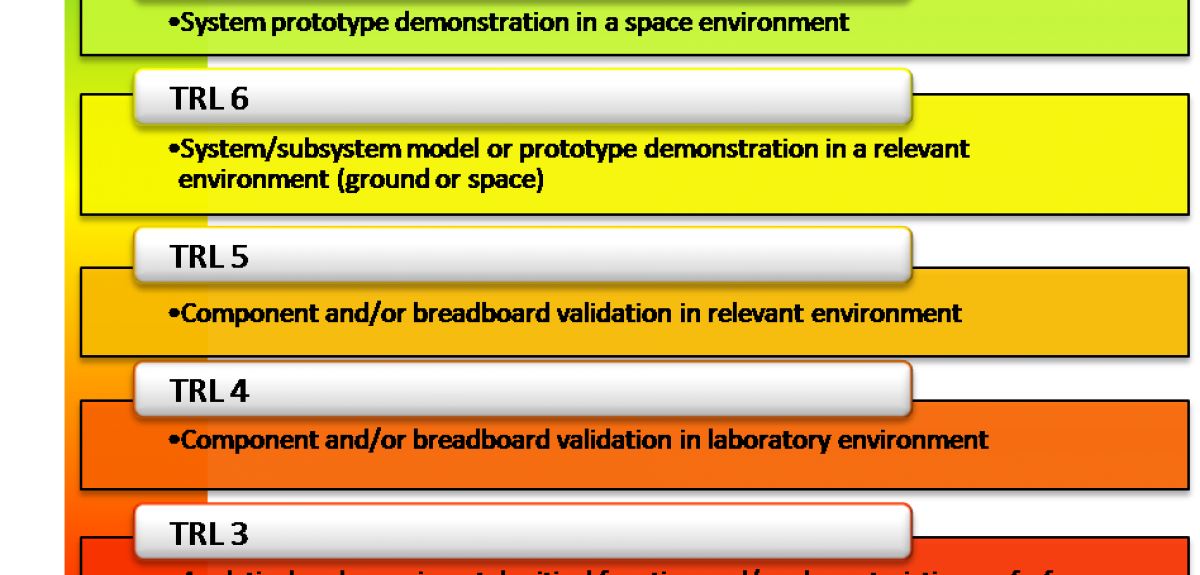
NASA-style caution needed before allowing research to influence policy
Behavioural science should undergo rigorous testing and review before it informs public policy such as government responses to COVID-19, according to a paper in Nature Human Behaviour: Use caution when applying behavioural science to policy.
Professor Andrew K. Przybylski, director of research at Oxford’s Internet Institute, is joint lead author of the paper, which recommends NASA’s Technology Readiness levels be used to ensure new ideas are adequately tested before being adopted by governments and politicians.
The NASA system envisages a nine-stage process, beginning with ‘basic principles’ going through to ‘successful mission operations’, to ensure safety and efficacy. Such an approach to behavioural science, could have a significant effect on how governments decide advice on household mixing or whether to encourage the use of public transport during a pandemic.
Professor Przybylski, says, It’s positive to see that researchers across the social sciences are turning their attention to developing solutions to help governments deal with coronavirus. However, we all need to ensure policy interventions informed by behavioural science are rigorously tested before being used on real-life people in real-life situations
The paper argues social and behavioural science research methods can make it difficult to know if policies will do more good than harm and argues for caution in the way research is communicated during crises. The team also calls for greater diversity and expertise of researchers, and experts in philosophy, ethics, statistics, and data and code management to work together to produce internationally-relevant research.
 New study finds that ChatGPT amplifies global inequalities
New study finds that ChatGPT amplifies global inequalities
 Expert Comment: Chatbot-driven sexual abuse? The Grok case is just the tip of the iceberg
Expert Comment: Chatbot-driven sexual abuse? The Grok case is just the tip of the iceberg